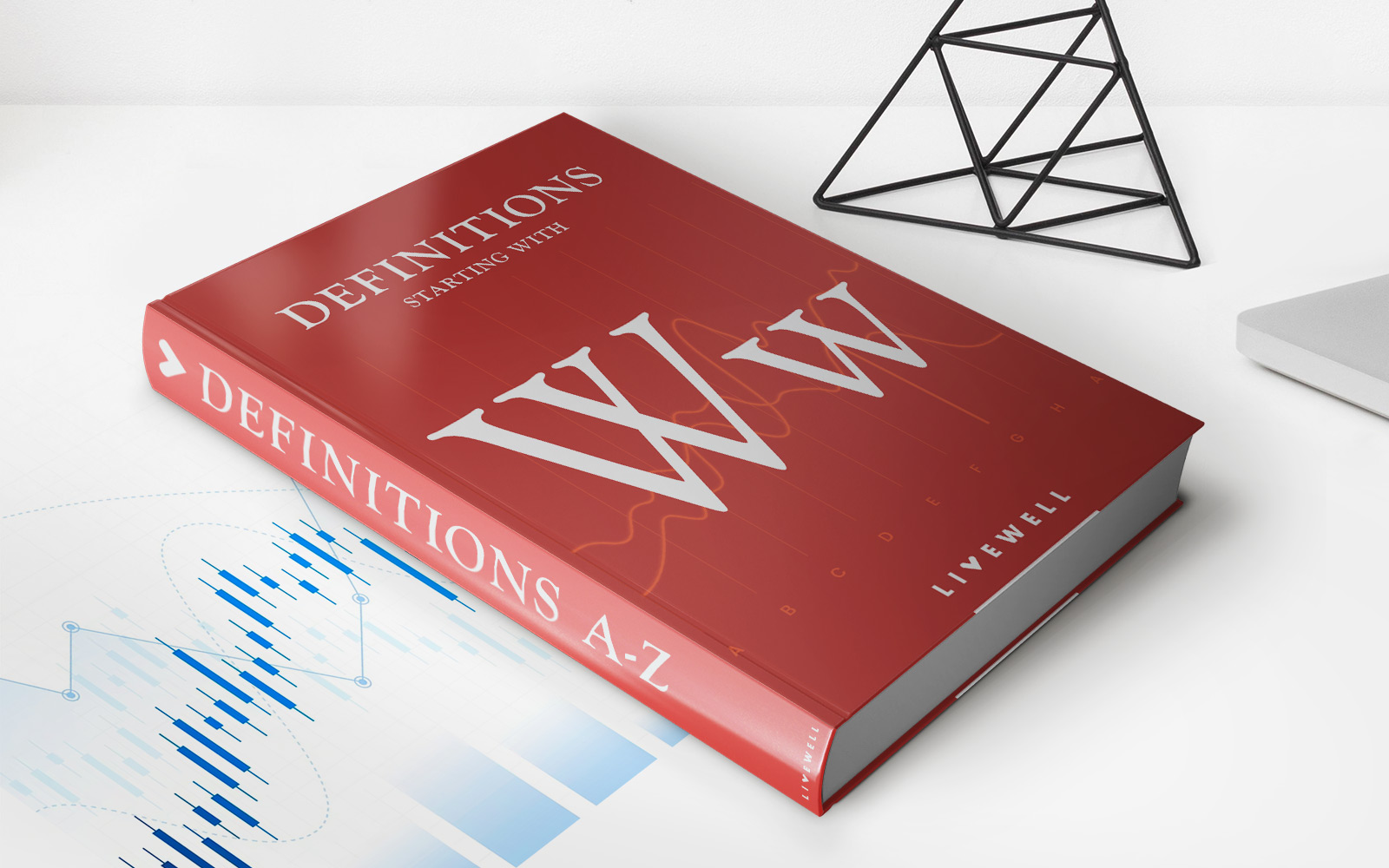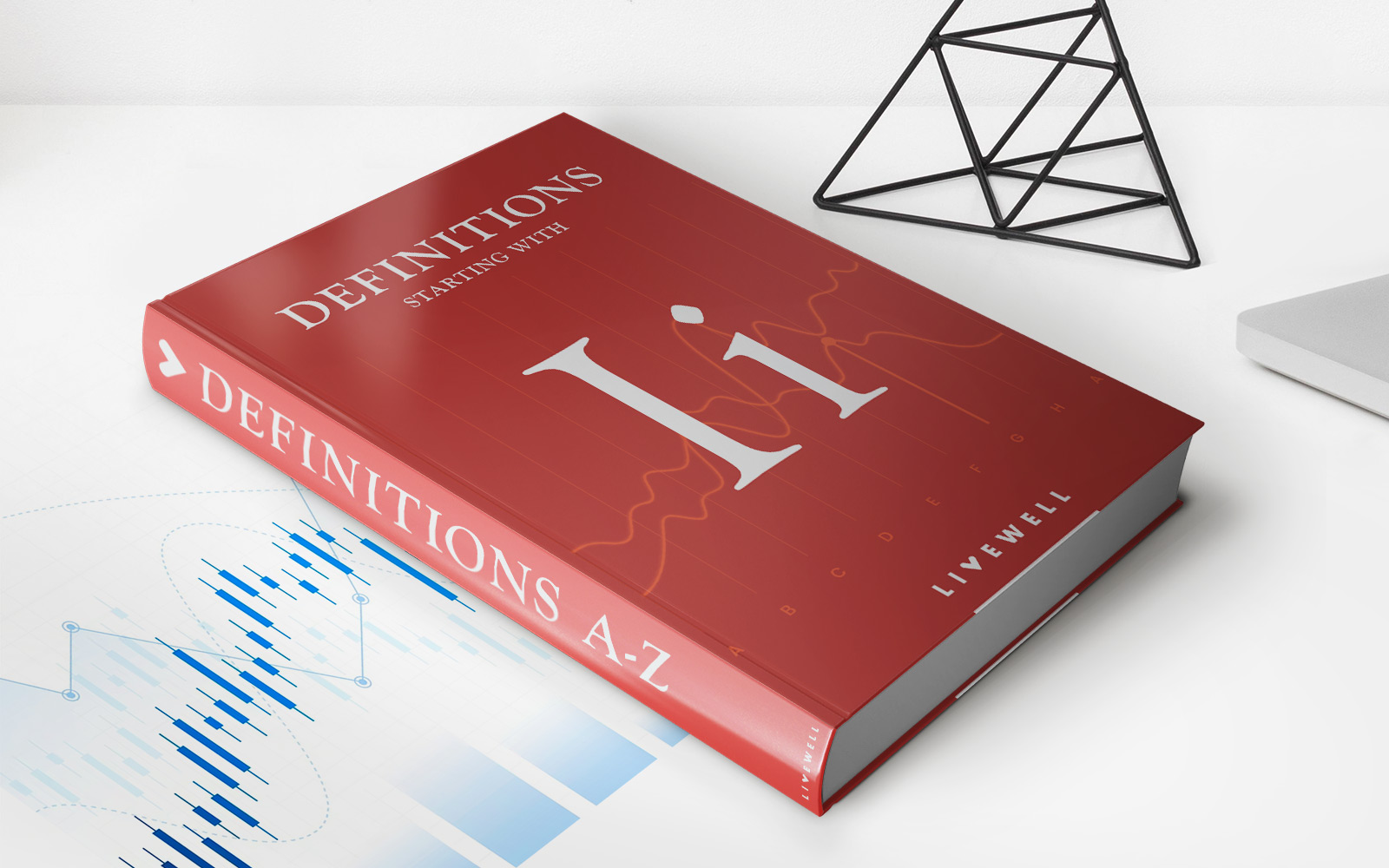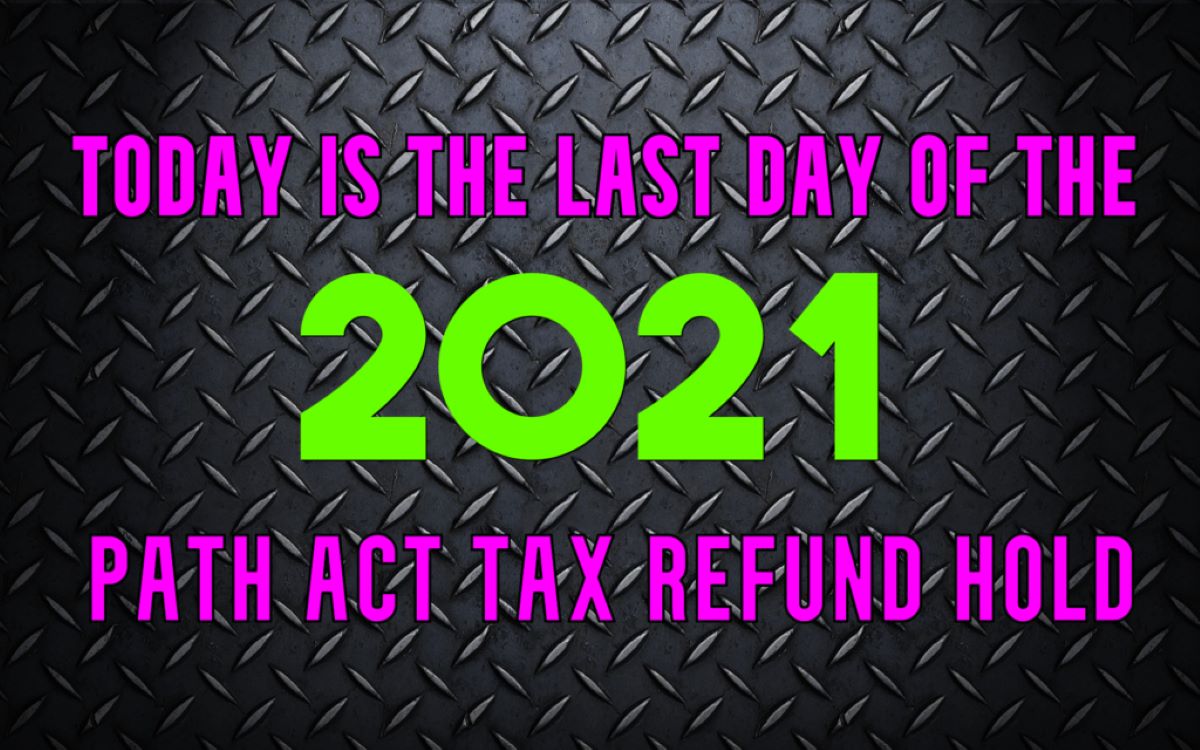Home>Finance>What Is Path Dependency? Definition, Effects, And Example


Finance
What Is Path Dependency? Definition, Effects, And Example
Published: January 6, 2024
Learn the definition, effects, and see examples of path dependency in finance. Understand how past decisions shape current outcomes.
(Many of the links in this article redirect to a specific reviewed product. Your purchase of these products through affiliate links helps to generate commission for LiveWell, at no extra cost. Learn more)
What Is Path Dependency? Definition, Effects, and Example
Welcome to our Finance blog category, where we explore various topics related to the world of finance. In this blog post, we will dive deep into the concept of path dependency, discussing its definition, effects, and providing a real-life example. Path dependency is an essential concept to understand in the finance industry, as it can have significant implications for decision-makers and investors.
Key Takeaways:
- Path dependency refers to how past decisions, actions, or events can shape and limit future choices and outcomes.
- Path dependency can lead to the development of stable patterns or “locked-in” systems that are difficult to change.
So, what exactly is path dependency? Path dependency is a concept that describes how historical events or decisions can influence and constrain future choices. It suggests that the options available at any given moment are not only determined by current conditions but are also significantly influenced by past decisions or events. This means that previous choices can create a certain path or trajectory that is difficult to alter or deviate from.
Path dependency can have noticeable effects on different aspects of finance, including investments, economic systems, and organizational structures. Some of the key effects of path dependency in finance include:
- Lock-in: Path dependency can lead to the development of stable patterns or “locked-in” systems. Once a particular path is established, it becomes increasingly difficult to switch to an alternative option, even if that option may be more favorable in the current context. This can result in inefficiencies or missed opportunities.
- Reinforcement: Path dependency can reinforce existing power structures and inequalities. Those who were in advantageous positions at the start of a path tend to accumulate more resources and influence over time, amplifying their advantages and making it harder for others to catch up.
- Resistance to change: Path dependency can create resistance to change, as established systems and structures may resist attempts to deviate from the current path. Even if it becomes evident that a different path could lead to better outcomes, the existing path often prevails due to inertia or vested interests.
To illustrate path dependency, let’s consider the example of a company that has been using traditional marketing methods for several decades. Despite the emergence of new digital marketing channels, the company continues to rely solely on print advertising and direct mail campaigns. This reliance on traditional methods can be attributed to path dependency. The company’s past investments in print advertising, established relationships with print media vendors, and a lack of familiarity or knowledge about digital marketing may all contribute to the company’s resistance to change.
In conclusion, path dependency is a significant concept in finance that highlights the influence of past decisions and events on future choices. It can lead to the development of stable patterns, resistance to change, and reinforcement of existing power structures. Being aware of path dependency is crucial for decision-makers to evaluate and explore alternative paths that may lead to better outcomes.
Stay tuned to our Finance category for more insightful articles on various finance-related topics.














